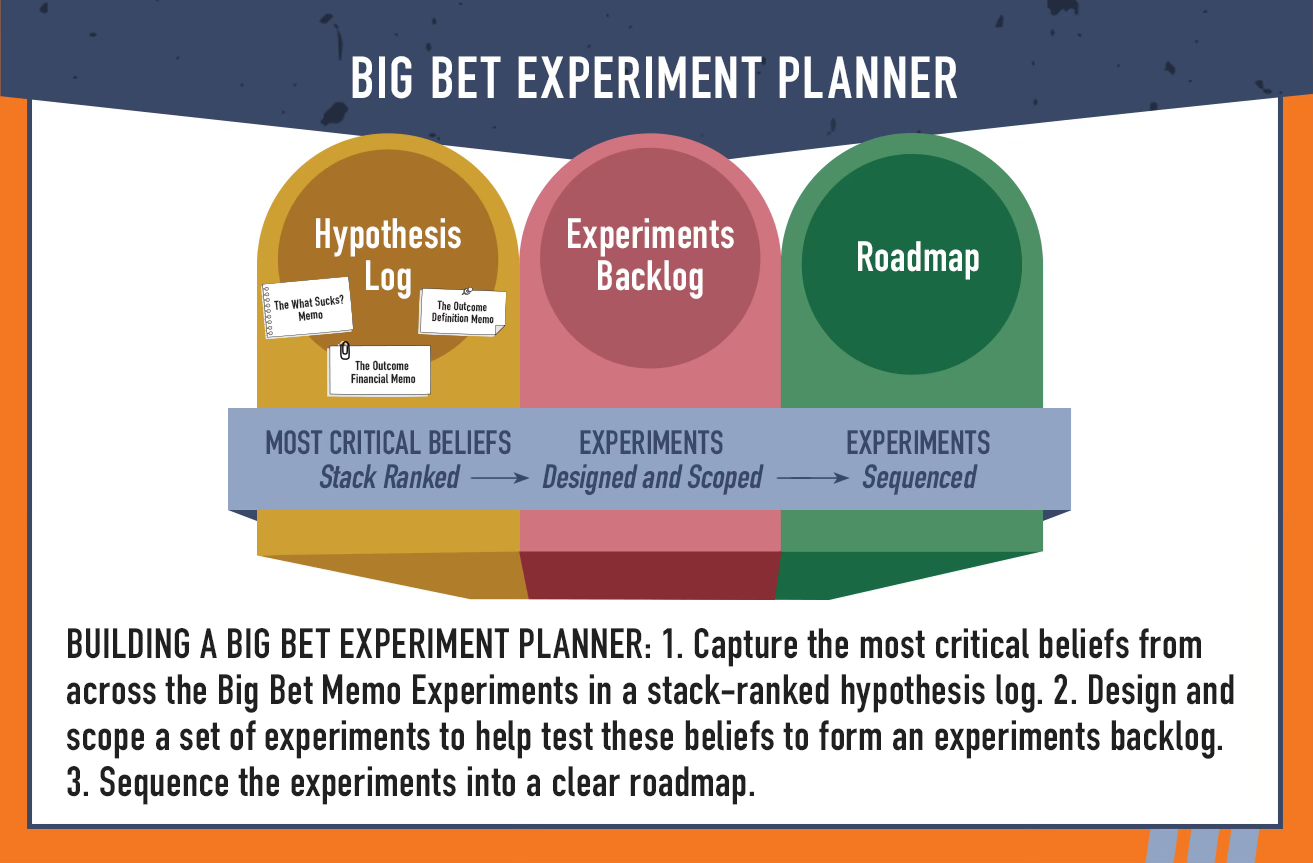The Rise of Agile 2.0: Transforming to Enterprise Agility Beyond IT
You don't learn to walk by following rules. You learn by doing, and by falling over -- Richard Branson
Agility has long been synonymous with the tech industry. IT and software development teams led the charge in adopting agile methodologies, using iterative sprints and rapid feedback loops to transform how they deliver value.
With both economic pressures to improve productivity, and the almost magical but early capabilities of AI to accomplish “more” with “less”, we’re seeing the emergence of a new frontier: Agile 2.0. This evolution isn’t just about IT anymore—it's about transforming the entire enterprise to be more responsive, adaptable, and innovative.
The concept of Agile 2.0 goes beyond the confines of software development to reshape strategy, marketing, HR, operations, and the C-suite. As businesses grapple with disruptions from generative AI, economic uncertainty, fierce competition and supply chain vulnerabilities, the need for an agile, responsive organization has never been greater. But how do leaders ensure that agility doesn’t become a mere buzzword, the “methodology of no accountability”, losing its effectiveness in a rush to transform?
Drawing insights from Big Bet Leadership, we explore how leaders can approach Agile 2.0 with clarity, velocity, and a focus on prioritizing risk and value. In this newsletter, we’ll dive into how thinking big while betting small, forming a clear Big Bet Vector, and leveraging rapid experimentation can unlock enterprise agility beyond the confines of IT and software development.
The Agile Expansion: Beyond Software Development
Agility was born out of necessity in the tech sector and IT function. The Agile Manifesto, introduced in 2001, was a response to the slow, cumbersome, and high-risk traditional project management models. The essence of the Agile model is a commitment to creating software incrementally, with regular increases and stages.
In today’s hyper-digital era, with more demanding customers, inflation and budget pressures and the critical nature to improve and extend competitive advantage, businesses across most industries are facing challenges that demand not just agile IT teams, but an agile strategy and innovation approach across the entire organization.
Consider the example of Unilever, which has rolled out agile practices beyond its tech departments into marketing and product development teams. By creating cross-functional squads empowered to make decisions quickly, Unilever has been able to reduce time-to-market for new products by nearly 30%. This agility has enabled them to respond more effectively to changing consumer demands, particularly during times of economic uncertainty.1
Yet, while companies like Unilever have embraced agility, most have struggled to replicate the results. A recent McKinsey report found that nearly 70% of enterprise-wide agile transformations fail to achieve their objectives. The root cause? A lack of clarity on strategic priorities and a failure to align agile practices with high-value business outcomes.2
Here are the key concepts and recommendations on Agile 2.0
Lesson 1: Think Big, But Bet Small
Agile 2.0 is not about overhauling every part of your organization overnight. It’s about starting small, running experiments, and scaling successes. In Big Bet Leadership, this principle is embodied in the mantra (and Chapter 4): Think Big, But Bet Small. Leaders should first identify high-value, high-risk areas where agility can drive significant impact.
The mission of Big Bet Leadership is to seek high impact businesss opportunities, while simultaneously de-risking them before commitments are made. This is agility.
For instance, one global medical supply company approached their recent transformation in supply chain management. Facing disruptions due to geopolitical tensions and rising costs, the company didn’t attempt a massive overhaul of its entire global supply chain network. Instead, they focused on critical regions where agility would yield the highest return. By implementing agile practices in a targeted way, they were able to improve resiliency while minimizing risks.
Actionable Takeaway: Leaders should form small, cross-functional teams that focus on delivering specific outcomes. Start with manageable pilot projects in areas with the highest potential impact, validate the results, and scale successful practices across the organization.
Lesson 2: Forming a Big Bet Vector
A major reason agile transformations fail is that they lack a clear direction with enough ambition. Leaders must establish a Big Bet Vector—a defined definition and path aligning the organization’s strategic objectives with agile initiatives. Without this vector, teams can become fragmented, losing sight of the overarching goals.
The success of Microsoft under Satya Nadella is a textbook example of creating a Big Bet Vector. When Nadella took over as CEO in 2014, he pivoted the company’s focus toward cloud computing and AI, aligning the entire organization behind this strategic bet. By using agile methodologies to rapidly iterate on cloud services like Azure, Microsoft was able to capture significant market share from competitors like AWS and Google Cloud.
A Big Bet Vector ensures that every agile initiative is tied to a meaningful strategic objective, allowing leaders to prioritize resources where they matter most. This is particularly important as companies navigate the complexities of scaling agile practices beyond IT.
Actionable Takeaway: Start by identifying both the “what sucks" for your customer or operations, and the “killer feature” —> the most critical outcomes your organization needs to achieve. Align your agile initiatives with these outcomes to create a clear Big Bet Vector that guides testing, decision-making and resource allocation.
Lesson 3: Prioritize “What Must Be True” with Agile Experiments
Once you’ve established a clear Big Bet Vector, it’s crucial to validate assumptions early and adjust. This is where Big Bet Leadership recommends using a prioritized list of “things that must be true” for your agile transformation to succeed. These are the key assumptions that, if proven incorrect, could derail your strategy.
For example, a leading consumer goods company recently implemented Agile 2.0 to accelerate product launches. They started by listing their top assumptions—such as the scalability of new packaging technology and the projected cost savings from supply chain optimization. By running small experiments to validate these assumptions, they identified critical flaws early on and pivoted their strategy before investing significant resources.
Actionable Takeaway: Encourage your teams to identify the critical assumptions behind their agile initiatives. Use rapid, low-cost experiments to test these assumptions, allowing you to pivot quickly if they prove to be incorrect.
Lesson 4: Accelerate Risk and Value
The final habit from Big Bet Leadership that’s critical to Agile 2.0 is accelerating risk and value. The goal here is to focus on rapidly testing and validating high-risk, high-value elements first. By tackling the riskiest parts of a project upfront, you can de-risk the initiative early on, increasing your chances of success.
Actionable Takeaway: Leaders should focus their teams on identifying the high-risk elements of their agile initiatives. Use sprints to test these elements first, ensuring that you’re mitigating potential roadblocks early in the process.
The Path Forward: Building an Agile Enterprise
The era of Agile 2.0 is here, but transforming an organization to be truly agile requires more than just saying “we must be agile”. It demands a shift in mindset and technique, establishing a clear Big Bet Vector, and a relentless focus on accelerating risk and value. By thinking big, betting small, and running rapid experiments, leaders can drive meaningful change and unlock new growth opportunities.
As we look to the future, the organizations that will thrive are those that can balance long-term vision with short-term agility. The biggest needle movers are often the riskiest. But by leveraging the principles of Agile 2.0, you can take those risks with confidence, ensuring that your agile transformation drives real value across your enterprise.
Onward!
John
About The Digital Leader Newsletter
John Rossman is an innovation coach and strategy advisor. The Digital Leader Newsletter is a weekly coaching session with a focus on customer-centricity, innovation, and strategy. We deliver practical theory, examples, tools, and techniques to help you build better strategies, better plans, and better solutions — but most of all, to think and communicate better.
https://www.bcg.com/publications/2023/elevating-agile-principles-to-help-enterprise-sized-companies
https://www.mckinsey.com/capabilities/transformation/our-insights/why-do-most-transformations-fail-a-conversation-with-harry-robinson




